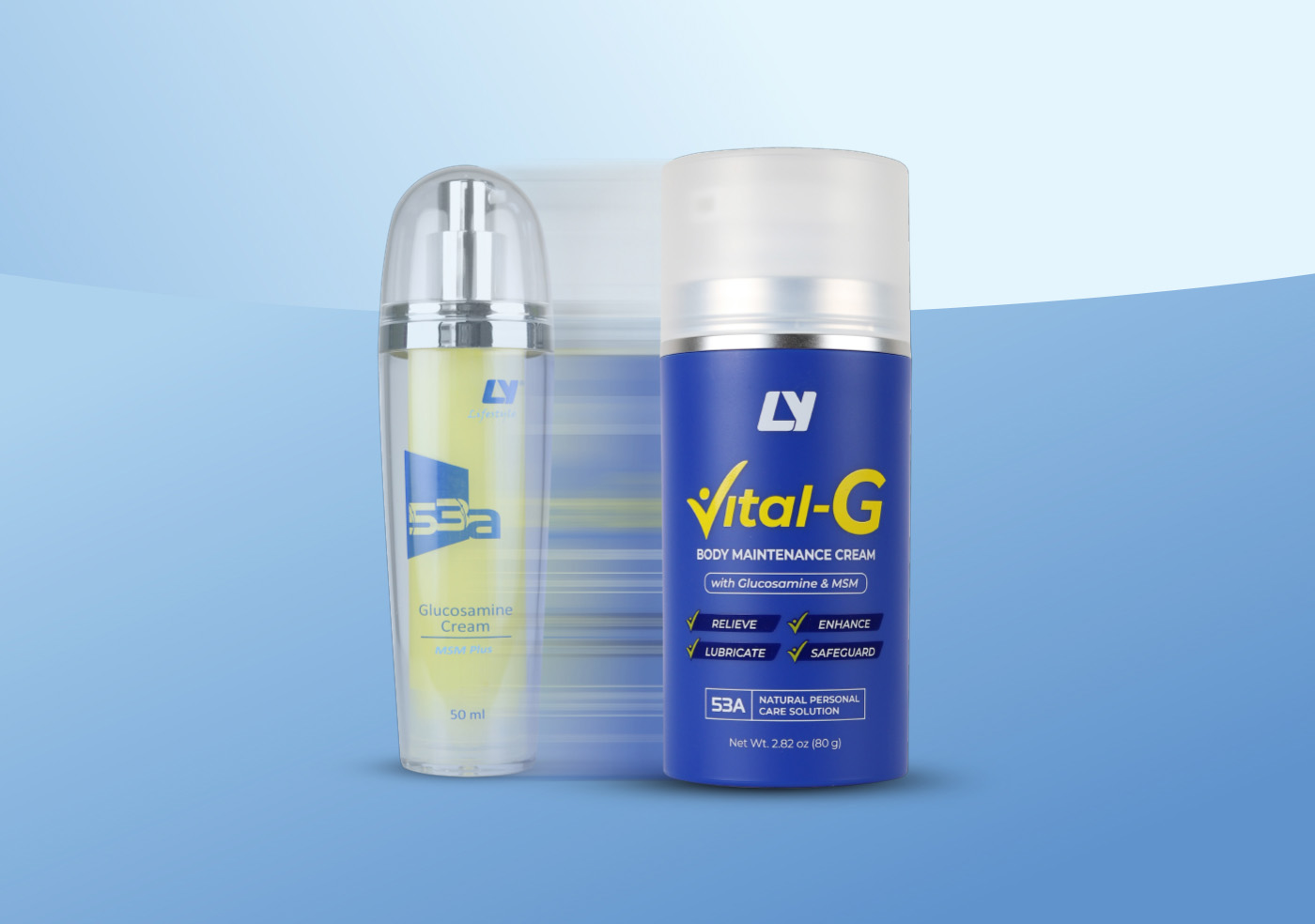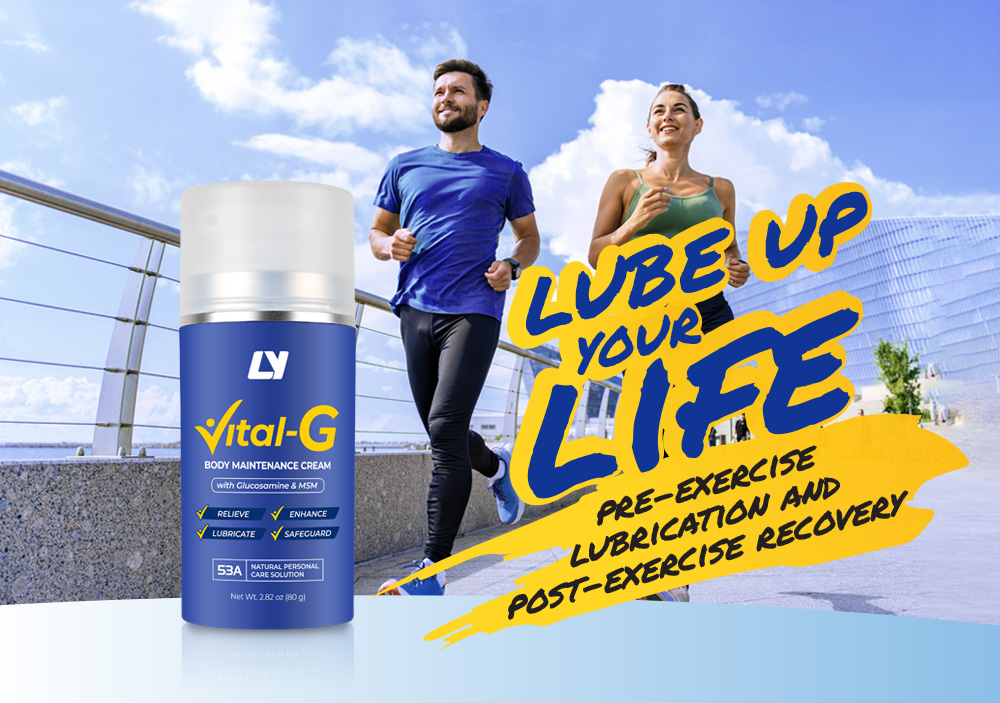Understanding Bioavailability: Challenges and Solutions in Glucosamine Delivery
by LYL Admin
Understanding Bioavailability: Challenges and Solutions in Glucosamine Delivery
What is Bioavailability?
Bioavailability refers to the proportion of an active ingredient that enters systemic circulation and is available for therapeutic effect after administration【1】. It is a critical factor in determining the efficiency and efficacy of a substance, as poor bioavailability can limit the benefits of an otherwise effective compound. Various factors affect bioavailability, including metabolism, absorption barriers, and the delivery method of the active ingredient【2】.
The Importance of Improving Bioavailability
Enhancing bioavailability is essential to maximizing the therapeutic potential of a substance. When an active ingredient is poorly absorbed, higher doses are often required to achieve the desired effect, which can lead to increased costs and potential side effects【3】. By improving bioavailability, we can achieve the same or even enhanced benefits at lower doses, making treatment more effective and sustainable.
The Challenges of Glucosamine Absorption
Glucosamine (GlcN) is widely used to support joint health, yet its effectiveness is often hindered by poor bioavailability. When taken orally, GlcN faces several challenges:
-
First-Pass Metabolism: After ingestion, GlcN must pass through the liver before entering systemic circulation. This process significantly reduces the amount of active GlcN that reaches the bloodstream【4】.
-
Limited Intestinal Absorption: GlcN is a hydrophilic molecule, which means it has low lipid solubility and struggles to penetrate intestinal cell membranes efficiently【5】.
-
Variable Absorption Rates: Studies have shown that oral GlcN absorption can be inconsistent among individuals due to differences in digestive health and metabolic rates【6】.
Transdermal Drug Delivery as an Alternative
Given the limitations of oral GlcN, transdermal drug delivery systems (TDDS) offer a promising alternative. LY Vital-G Body Maintenance Cream (with Glucosamine & MSM) utilizes phospholipid-based microemulsions, a well-researched transdermal technology, to enhance the delivery of GlcN and other active ingredients. TDDS offers several advantages over oral administration:
-
Bypassing First-Pass Metabolism: Since TDDS delivers GlcN directly through the skin, it avoids liver metabolism, improving bioavailability【7】.
-
Enhanced Absorption: Phospholipid-based microemulsions are designed to integrate with the stratum corneum, facilitating the penetration of active ingredients【8】.
-
Targeted Delivery: Unlike oral supplements that must circulate throughout the entire body before reaching affected areas, transdermal application allows for localized treatment, reducing systemic exposure and potential side effects【9】.
Conclusion
Improving bioavailability is crucial in maximizing the therapeutic benefits of GlcN. Due to the challenges associated with oral GlcN, alternative delivery methods such as TDDS offer a viable solution. LY Vital-G Body Maintenance Cream leverages phospholipid-based microemulsions to enhance absorption and efficacy, ensuring that the benefits of GlcN are more efficiently utilized. As research continues to advance in drug delivery systems, optimizing bioavailability remains a key focus in improving health outcomes.
References
-
Amidon, G. L., Lennernäs, H., Shah, V. P., & Crison, J. R. (1995). A theoretical basis for a biopharmaceutic drug classification: The correlation of in vitro drug product dissolution and in vivo bioavailability. Pharmaceutical Research, 12(3), 413-420.
-
Shargel, L., Wu-Pong, S., & Yu, A. B. C. (2012). Applied Biopharmaceutics & Pharmacokinetics. McGraw Hill Professional.
-
Boudinot, F. D., & Jusko, W. J. (1986). Prediction of the bioavailability of drugs subject to first-pass metabolism. Journal of Pharmacokinetics and Biopharmaceutics, 14(2), 165-181.
-
Setnikar, I., & Rovati, L. C. (2001). Absorption, distribution, metabolism and excretion of glucosamine sulfate. Arzneimittelforschung, 51(9), 699-725.
-
Jackson, C. J., Plaas, A. H., & Sandy, J. D. (1996). Human serum contains glycosaminoglycan-degradative enzymes. Journal of Biological Chemistry, 271(33), 19457-19463.
-
Munjal, A., Khandal, R. K., & Garg, B. S. (2009). Pharmacokinetic variability of glucosamine and its effect on osteoarthritis. Indian Journal of Pharmaceutical Sciences, 71(4), 431-437.
-
Prausnitz, M. R., Mitragotri, S., & Langer, R. (2004). Current status and future potential of transdermal drug delivery. Nature Reviews Drug Discovery, 3(2), 115-124.
-
Cevc, G., & Blume, G. (2001). New, highly efficient formulation for improved topical drug delivery: Transferosomes. Biochimica et Biophysica Acta (BBA) - Biomembranes, 1514(2), 191-205.
-
Barry, B. W. (2001). Novel mechanisms and devices to enable successful transdermal drug delivery. European Journal of Pharmaceutical Sciences, 14(2), 101-114.
Other Articles

Pre-Exercise Lubrication and Post-Exerci...
Maintaining optimal muscle and joint health is essential for anyone engaging in physical activity, w...

LY 53A Vital-G Body Maintenance Cream (w...
Unlock the secret to long-term vitality and holistic body wellness. Combining natural ingredients wi...

LY 12A RevitaPūr Face Wash
It is imperative to choose a facial wash that suits your skin type and lifestyle. Using the right fa...

How LY Vital-G Body Maintenance Cream Su...
The LY Vital-G Body Maintenance Cream, formulated with Glucosamine and MSM, is designed to promote j...
